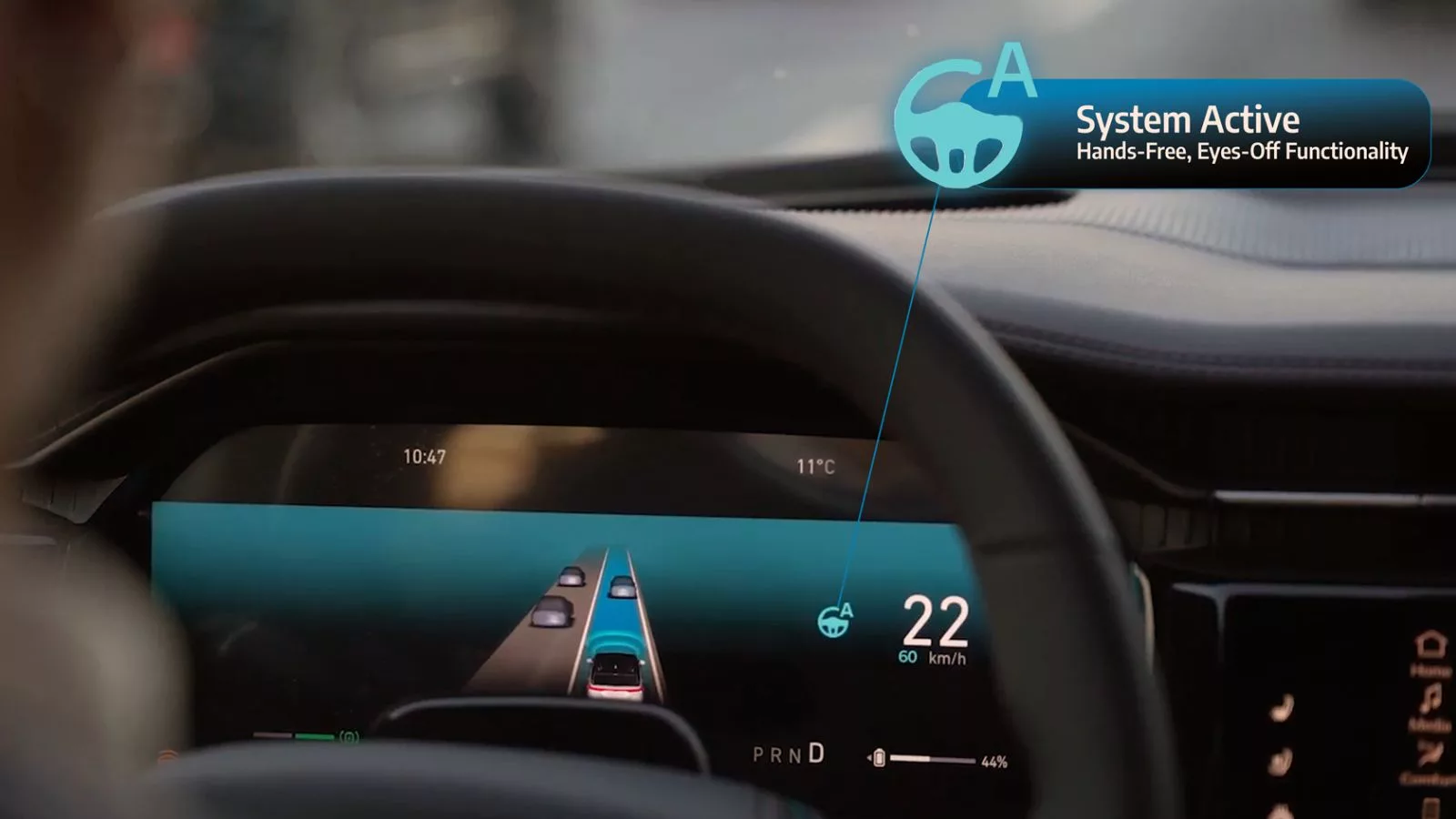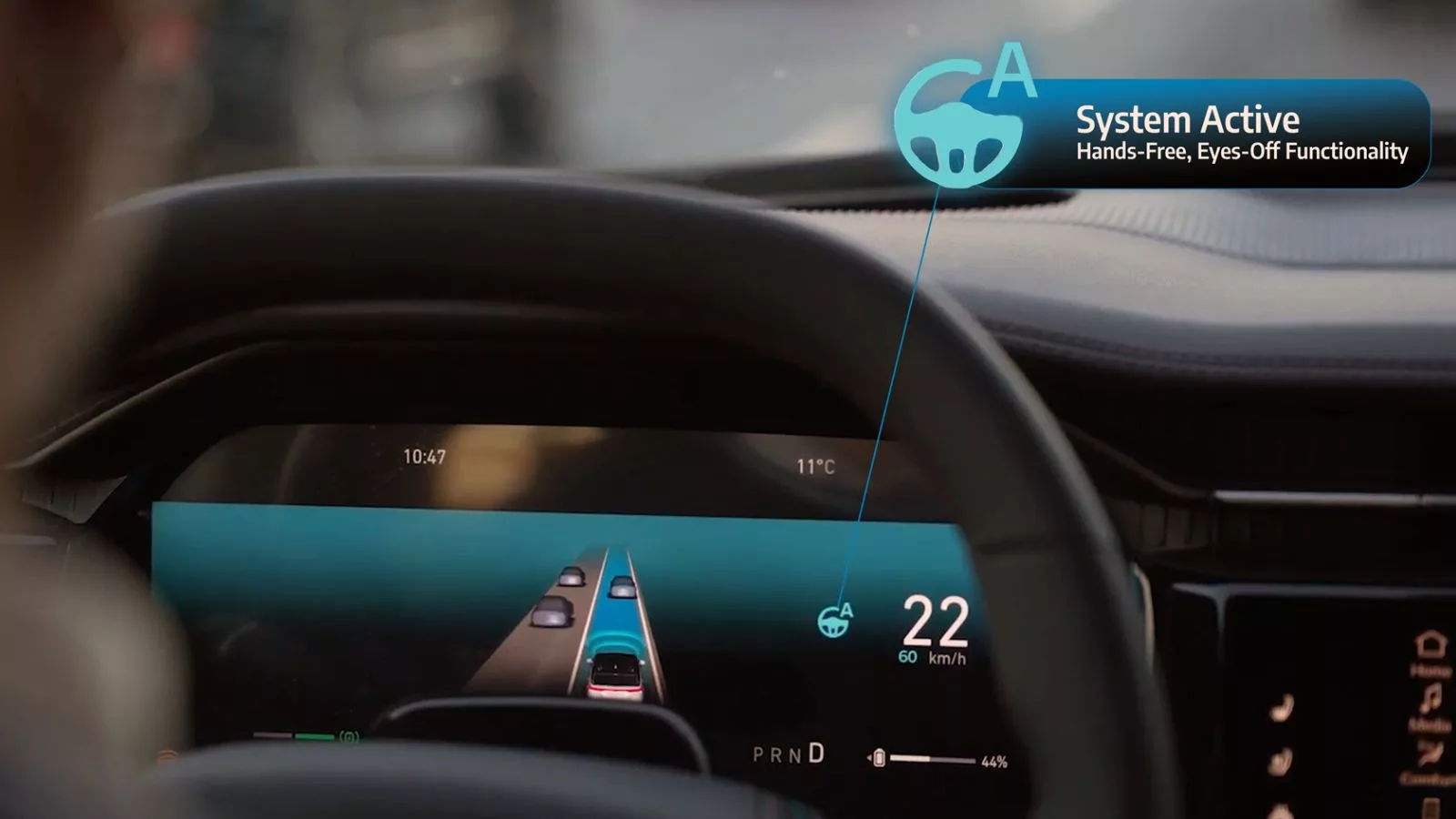Stellantis Shifts to Google for In-Car Software Development
Stellantis, the parent company of automotive brands such as Jeep, Dodge, and Chrysler, has announced a significant change in its in-car software strategy. The company is ending its partnership with Amazon for the development of its SmartCockpit system and will instead use Google’s Android-based software.
Background of the Partnership
In 2022, Stellantis announced a major partnership with Amazon to develop advanced in-car software by 2024. The planned features included voice assistants, shopping capabilities, personalized settings, and self-driving technologies. This was part of Stellantis’ broader strategy to generate $22.5 billion annually from software.
Changes in Software Development Approach
According to recent reports, the collaboration between Stellantis and Amazon is being scaled back. Many Amazon employees who were working on the project have either been reassigned or have left the company. While Amazon was primarily involved in helping Stellantis develop the SmartCockpit system using its technology to create a more personalized in-car experience, the company will continue to work with Stellantis in other areas.
Continued Collaboration with Amazon
Stellantis will maintain its use of Amazon Web Services (AWS) to support vehicle technology in the cloud. Additionally, Alexa will remain a feature in some of its vehicles. This indicates that while the deep collaboration with Amazon on SmartCockpit is ending, the companies will continue to work together in other capacities.
Shift to Google’s Android-Based Software
Stellantis’ decision to switch to Google’s Android-based software for its SmartCockpit system marks a significant shift in its software development strategy. The company had originally envisioned a three-part software vision:
- STLA Brain: The core electrical and software system for vehicles
- STLA SmartCockpit: A platform offering drivers features like navigation, voice controls, online shopping, and in-car payments, all customized to individual users
- AutoDrive: A self-driving system developed in partnership with BMW
Implications of the Change
The change in partnership doesn’t signal a complete abandonment of Stellantis’ digital ambitions. In 2021, the company had set ambitious goals to have 34 million connected cars on the road by 2030, with plans to offer new features to drivers and passengers through subscriptions and in-car purchases. While the original partnership with Amazon didn’t yield the expected results, Stellantis is pushing forward with its digital future, albeit with a different tech partner and approach.

The shift to Google’s Android-based software for the SmartCockpit system represents a significant change in Stellantis’ strategy for in-car software. While the company’s collaboration with Amazon is being scaled back, it will continue to use Amazon’s services in other areas, such as cloud support and Alexa integration. This strategic adjustment reflects the evolving landscape of automotive technology and the challenges of implementing advanced software systems in vehicles.


